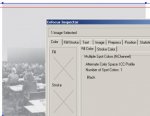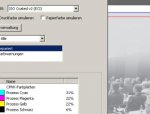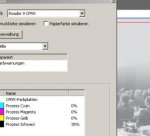rich apollo
Well-known member
But raw values (for device colorspaces) have no meaning!
I would argue that PrePress, and especially the circumstance that we're discussing is an exception.
1) Most PDFs are 'mystery meat', in terms of color. No embedded profiles, and no output intent. Whether that is right and proper doesn't matter - these are the conditions.
2) In the circumstance we're discussing, color appearance is not what PrePress is after. If we need k-only, the output intent is not relevant.
3) Very often in PrePress it's important to know the k content of neutral tones. 3-color grays are a very common incident. 3-color gray is volatile on press - so we try to minimize the occurance. The embedded profile or output intent may be applicable to the output condition, but not optimal in black generation.
4) You are relying on the quality of the embedded profile or output intent. They may be inappropriate for some purposes.
5) Is it still possible to apply an output intent without an associated profile?
6) When viewing elements of different colorspaces in relation to the output intent, what rendering intent is utilized? For example, if I have an RGB element in a PDF/X4 file with a CMYK output intent - how are the Output Preview values calculated?
I think it'd be useful for the Output Preview to list RGB and Lab values, too. I can envision circumstances in which elements in inappropriate colorspaces could get passed along because of what the operator saw in the Output Preview window.
I understand that you could catch those with Preflight.
Last edited:















